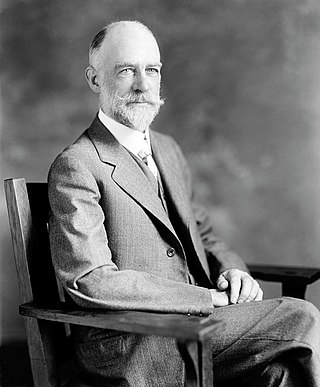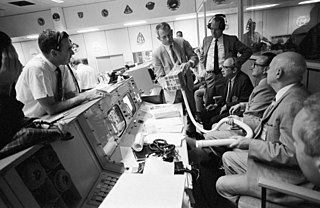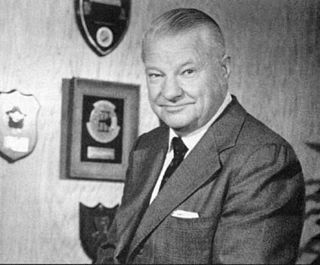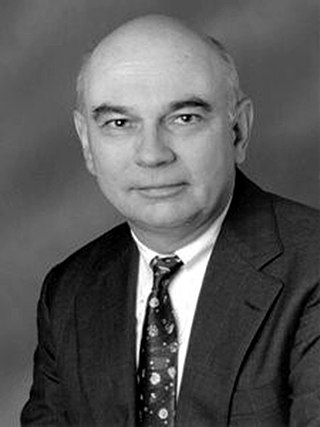Related Research Articles

Control engineering or control systems engineering is an engineering discipline that deals with control systems, applying control theory to design equipment and systems with desired behaviors in control environments. The discipline of controls overlaps and is usually taught along with electrical engineering and mechanical engineering at many institutions around the world.

Transportation engineering or transport engineering is a sub discipline of Civil engineering specialized in the application of technology and scientific principles to the planning, functional design, operation and management of facilities for any mode of transportation in order to provide for infrastructure for safe, efficient, rapid, comfortable, convenient, economical, and environmentally compatible movement of people and goods transport.
Mechatronics engineering, also called mechatronics, is an interdisciplinary branch of engineering that focuses on the integration of mechanical engineering, electrical engineering, electronic engineering and software engineering, and also includes a combination of robotics, computer science, telecommunications, systems, control, and product engineering.
Energy–maneuverability theory is a model of aircraft performance. It was developed by Col. John Boyd, a fighter pilot, and Thomas P. Christie, a mathematician with the United States Air Force, and is useful in describing an aircraft's performance as the total of kinetic and potential energies or aircraft specific energy. It relates the thrust, weight, aerodynamic drag, wing area, and other flight characteristics of an aircraft into a quantitative model. This allows combat capabilities of various aircraft or prospective design trade-offs to be predicted and compared.

William Frederick Durand was a United States naval officer and pioneer mechanical engineer. He contributed significantly to the development of aircraft propellers. He was the first civilian chair of the National Advisory Committee for Aeronautics, the forerunner of NASA.
John Nelson Warfield was an American systems scientist, who was professor and director of the Institute for Advanced Study in the Integrative Sciences (IASIS) at George Mason University, and president of the Systems, Man, and Cybernetics Society.

Hendrik Wade Bode was an American engineer, researcher, inventor, author and scientist, of Dutch ancestry. As a pioneer of modern control theory and electronic telecommunications he revolutionized both the content and methodology of his chosen fields of research. His synergy with Claude Shannon, the father of information theory, laid the foundations for the technological convergence of the information age.
The Elmer A. Sperry Award, named after the inventor and entrepreneur, is an American transportation engineering prize.

The Wright Brothers Medal was conceived of in 1924 by the Dayton Section of the Society of Automotive Engineers, and the SAE established it in 1927 to recognize individuals who have made notable contributions in the engineering, design, development, or operation of air and space vehicles. The award is based on contributed research papers.
Michael John Wendl is an engineer who worked at the McDonnell-Douglas Corporation, mainly in the area of aerospace control. He is noted primarily as one of the early developers of terrain following technology and a proponent of incorporating energy management theory into the design of fighter aircraft. He won the Wright Brothers Medal in 1974 with Ralph Pruitt, Gordon G. Grose, and J. L. Porter for a paper discussing future aircraft designs that integrate fly-by-wire controls with engine inlets/nozzles and advanced pilot displays.

Aerospace engineering is the primary field of engineering concerned with the development of aircraft and spacecraft. It has two major and overlapping branches: aeronautical engineering and astronautical engineering. Avionics engineering is similar, but deals with the electronics side of aerospace engineering.
Gordon Glen Grose was an engineer at the McDonnell-Douglas Corporation. He won the Wright Brothers Medal in 1974 with Michael J. Wendl, J. L. Porter, and Ralph Pruitt for a paper discussing future aircraft designs that integrate fly-by-wire controls with engine inlets/nozzles and advanced pilot displays.
Robert P. Johannes is an aeronautical engineer noted primarily as one of the developers of the control configured vehicle (CCV) concept. He won the Wright Brothers Medal in 1972 with Dwight Henry Bennett for the paper Combat Capabilities and Versatility Through CCV discussing its applications.
Dwight Henry Bennett was an aeronautical engineer and one of the early developers of the control configured vehicle (CCV) concept. He won the Wright Brothers Medal in 1972 with R. P. Johannes for the paper Combat Capabilities and Versatility Through CCV, discussing its applications.

Clarence Leonard "Kelly" Johnson was an American aeronautical and systems engineer. He is recognized for his contributions to a series of important aircraft designs, most notably the Lockheed U-2 and SR-71 Blackbird. Besides the first production aircraft to exceed Mach 3, he also produced the first fighter capable of Mach 2, the United States' first operational jet fighter, as well as the first fighter to exceed 400 mph, and many other contributions to various aircraft.
Theodore Joseph Williams was an American engineer and Professor of Engineering at Purdue University, known for the development of the Purdue Enterprise Reference Architecture.

Paul J. Torpey (1937-2019) was an American mechanical engineer and former executive at ESEERCO research cooperation. He served as 113th president of the American Society of Mechanical Engineers (ASME) in the year 1994-95.

Thomas Ringgold Camp (1895–1971) was an American engineer noted for his pioneering work in sanitary engineering. He was a professor of sanitary engineering at the Massachusetts Institute of Technology (MIT) from 1929 to 1944 before forming the consulting engineering firm of Camp, Dresser & McKee.
References
- ↑ Wendl, M.J., Grose, G.G., Porter, J.L., and Pruitt, V.R. (1974) Flight/Propulsion Control Integration Aspects of Energy Management, Society of Automotive Engineers paper number 740480.
- ↑ Gregory, J. (1980) Who's Who in Engineering, 4th ed., American Association of Engineering Societies.